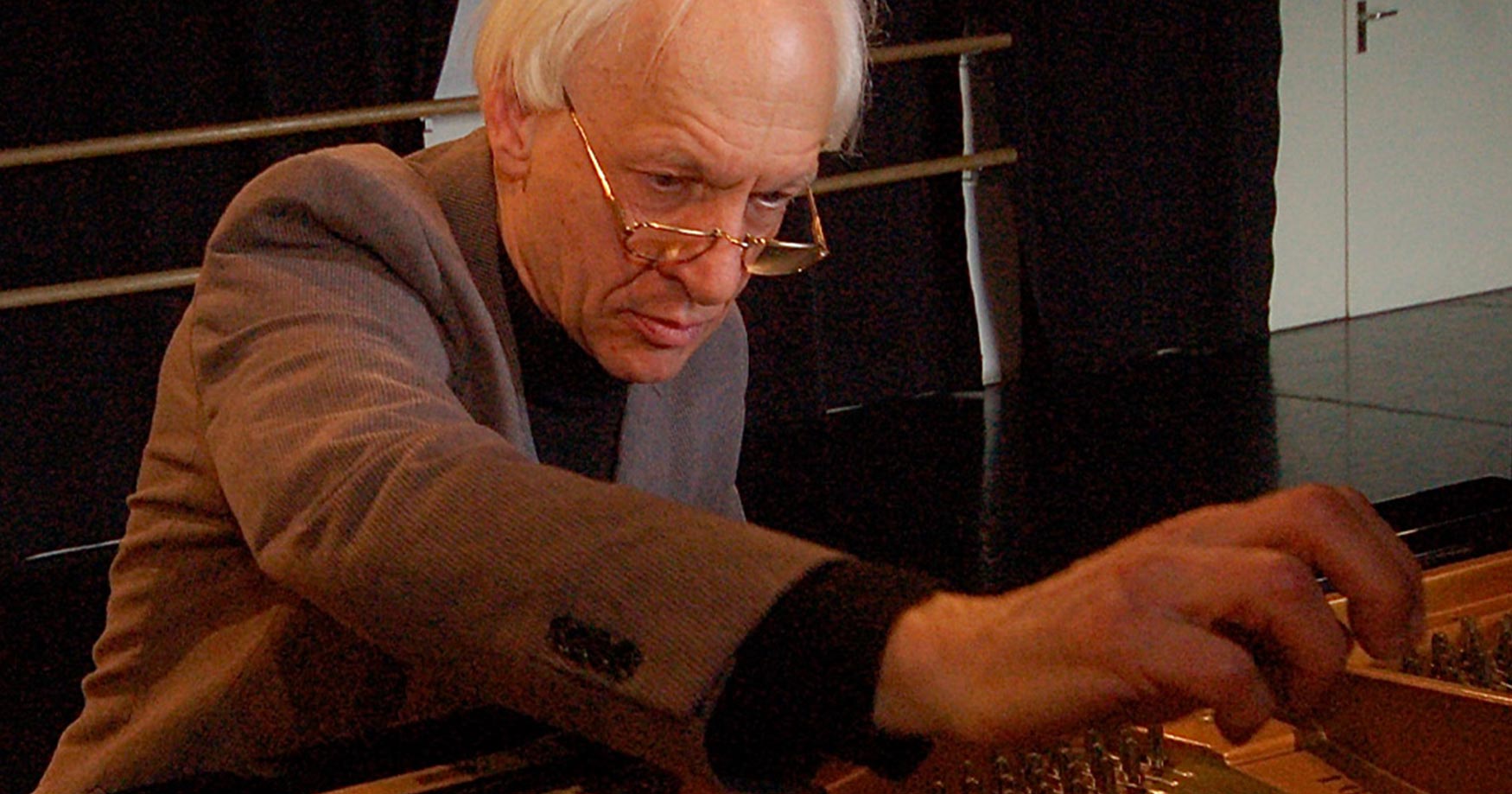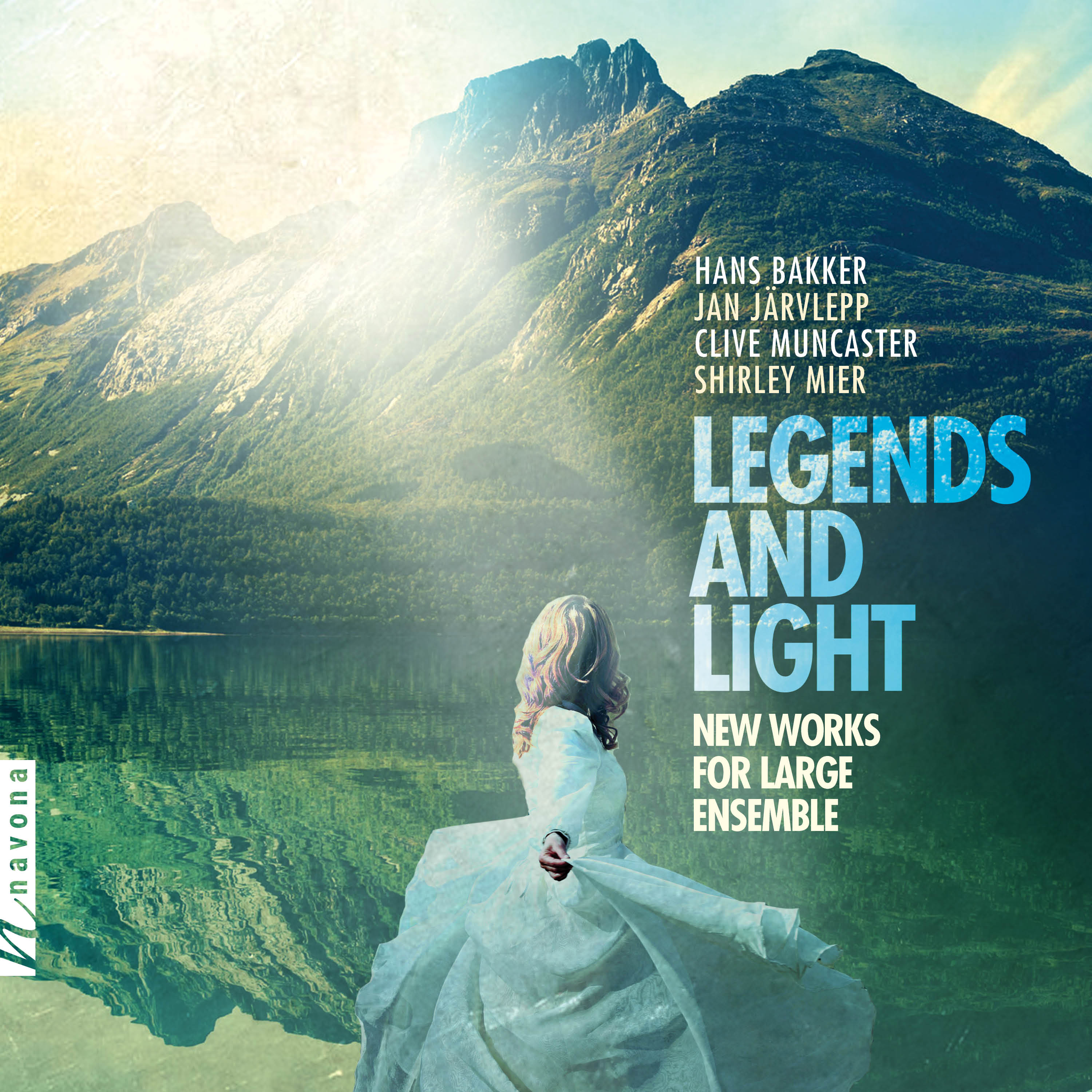
After finishing his studies in piano, church organ, and choral conducting in Utrecht, composer Hans Bakker began teaching piano at music schools in the Netherlands. Apart from his teaching practice, he conducted two choirs and was active in the improvisational music scene. After graduation from the University of Amsterdam, he returned to music, becoming completely occupied by teaching at the Globe Center for Art and Culture in the city of Hilversum.
Initially, composing was only a minor occupation next to Hans’s other work. Since 1997, however, it has become a daily routine; he has written a great number of chamber music works, many choir compositions, works for orchestra, and six pieces for carillon. His first album, THE UNNAMED SOURCE (2010) features moving performances by the Moravian Philharmonic Orchestra under conductor Vit Micka and an astounding array of instrumentalists. Since then, Hans has been featured on multiple Navona releases, with LEGENDS & LIGHT marking the 10th Navona release that contains his compositions.
Today, Hans is our featured artist in “The Inside Story,” a blog series exploring the inner workings and personalities of our artists. Read on to learn Hans’s hopes for LEGENDS & LIGHT, and his piece Canzona III Hidden in Her Light…
What inspires you to write and/or perform?
Around age 50, I came into contact with the ethical-philosophical works of the German writer and painter Joseph Anton Schneiderfranken (1876-1943), also known as Bô Yin Râ. It hit me deeply, and at that moment I knew what I was looking for in life. Until then, I wrote a piece every now and then to process the musical feedback of the musical things I was doing. But from then on I got the impulse to make something to support a text. And that became – as if a source arose – an inner urge to compose music, after I had written a few piano pieces, such as Mantra I for flute and piano (on THE UNNAMED SOURCE, Navona Records).
Another example of inspiration is the text of Canto 33 from the third book Paradiso by La Divina Commedia by Dante. It is a personal outpouring, and a song of praise to Mary. The text inspired me through the imagination of that aspect of God, which for me is also feminine. It gives a human face to God in the person of Mary (on SEARCHING & FINDING, Navona Records).
Do you have any specific hopes about what this album will mean to listeners?
Depending on whether the character of the particular piece is extroverted or excited, I hope the artistry of the players will evoke a joyful experience for the listener. If the character of the particular piece is more contemplative or dramatic, I hope that it is able, as if a mantra, to tune the inner self of the listener (like an instrument.)
The beauty of music is that it is a language of emotion, a language that only tells itself through vibrations and sound waves. The mind of the connoisseur can, according to ability, say sensible things about the music on the basis of knowledge. But what matters is the experience of the music by the receptive listener, although I never forget that listeners are free to feel and judge as they want.
How have your influences changed as you grow as a musician?
Over time I have become an exponent of a new way of working: I am now both a composer and publisher. The modern social media world and my connection with PARMA Recordings helps bring a lot of attention to my music.
Where and when are you at your most creative?
Right now in my city Amersfoort, due to the cooperation with excellent local musicians. Some time ago I finished a Duo for flute and violoncello for some of these musicians, that premiered on October 12, Bach day in Amersfoort. Four weeks before this interview, I completed a Trio for flute, violoncello and piano for the same performers, for a chamber music concert premiere on 13 January 2019. Also a guitarist, who will perform my Tiento II on the 10th Somextro Composers Concert on January 27, 2019, invited to write a Sonata for guitar and harpsichord, which I just finished.
What are your other passions besides music?
Sitting on a terrace in the old town with a glass of wine or a beer, to admire all the beauty that passes by. And chess at my chess club, and on the computer.
What was the first performance you remember seeing?
As an 18-year-old music student, who studied organ and piano for 4 hours a day, and who also worked on polyphonic choral music, I was invited by an older student to watch the film West Side Story released on broadband. For me it was an overwhelming experience, as if from a totally different universe!
Who are your musical mentors?
Bach is always a great source of inspiration for me. Leoš Janáček and Igor Stravinsky are as well. I have written a piano piece that is an amalgam of Bach, Stravinsky, and my own sound: In His Master’s Garden. I am a big fan of the Russian composer Scriabin, in whose music I have completely immersed myself for a couple of years.
Other example composers for me are Krzysztof Penderecki, Frank Martin, and Benjamin Britten. I also admire the music of the Dutch composer Tristan Keuris, who died at the age of 50.

Canzona III Hidden in Her Light is now available on LEGENDS & LIGHT through Navona Records for streaming or purchase. Click here to explore this new album.

After he finished his studies piano, church organ, and choral conducting at the Dutch Institute for Church Music in Utrecht, Hans Bakker (b. 1945) worked as a teacher at two music schools in the Netherlands. He also conducted two choirs and was active in the improvisational music scene. His career in music was followed by the study of Sanskrit. After obtaining his master's degree at the University of Amsterdam, he returned to music, becoming completely occupied by teaching at Globe Center for Art and Culture in the city of Hilversum.
